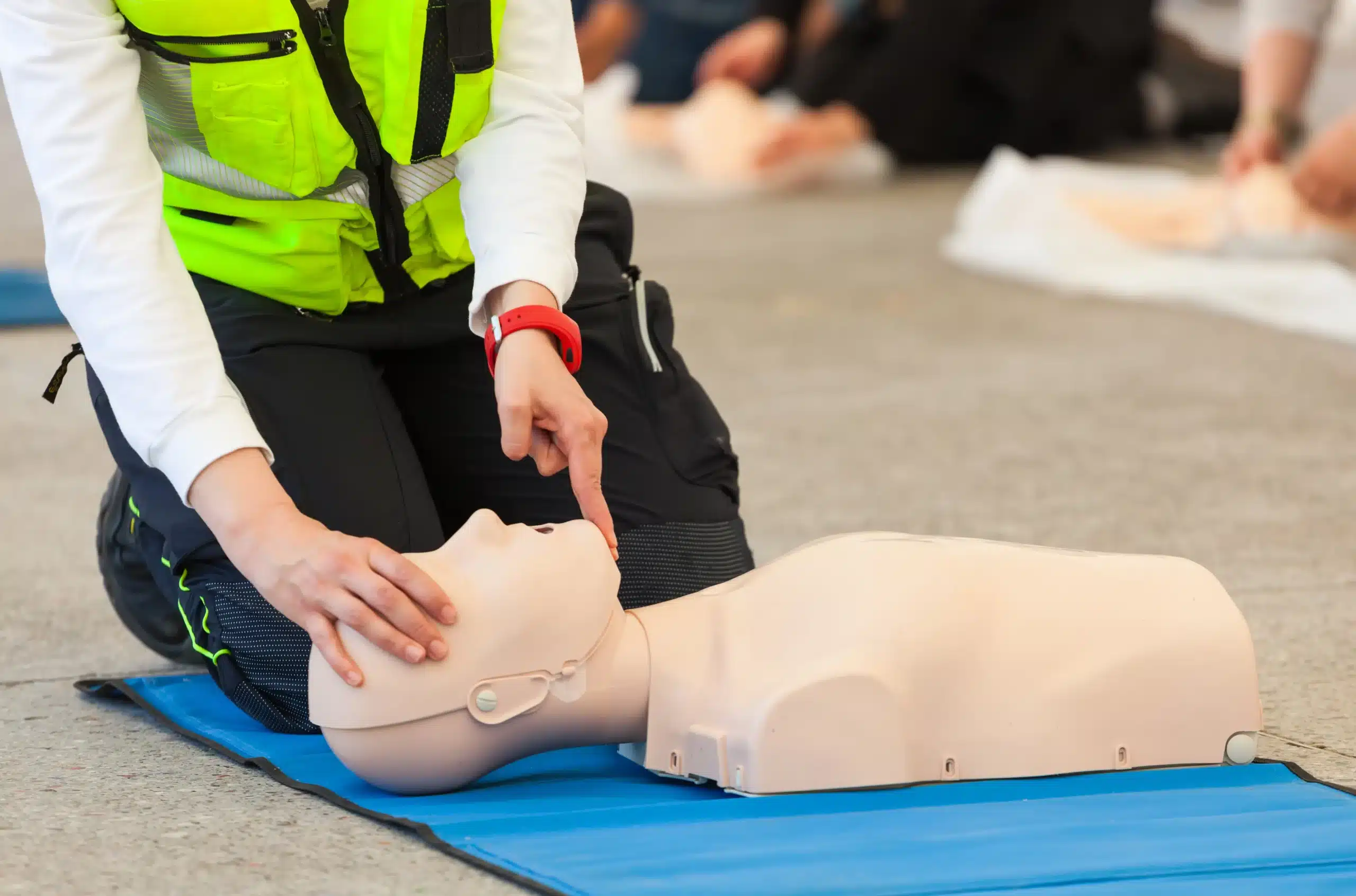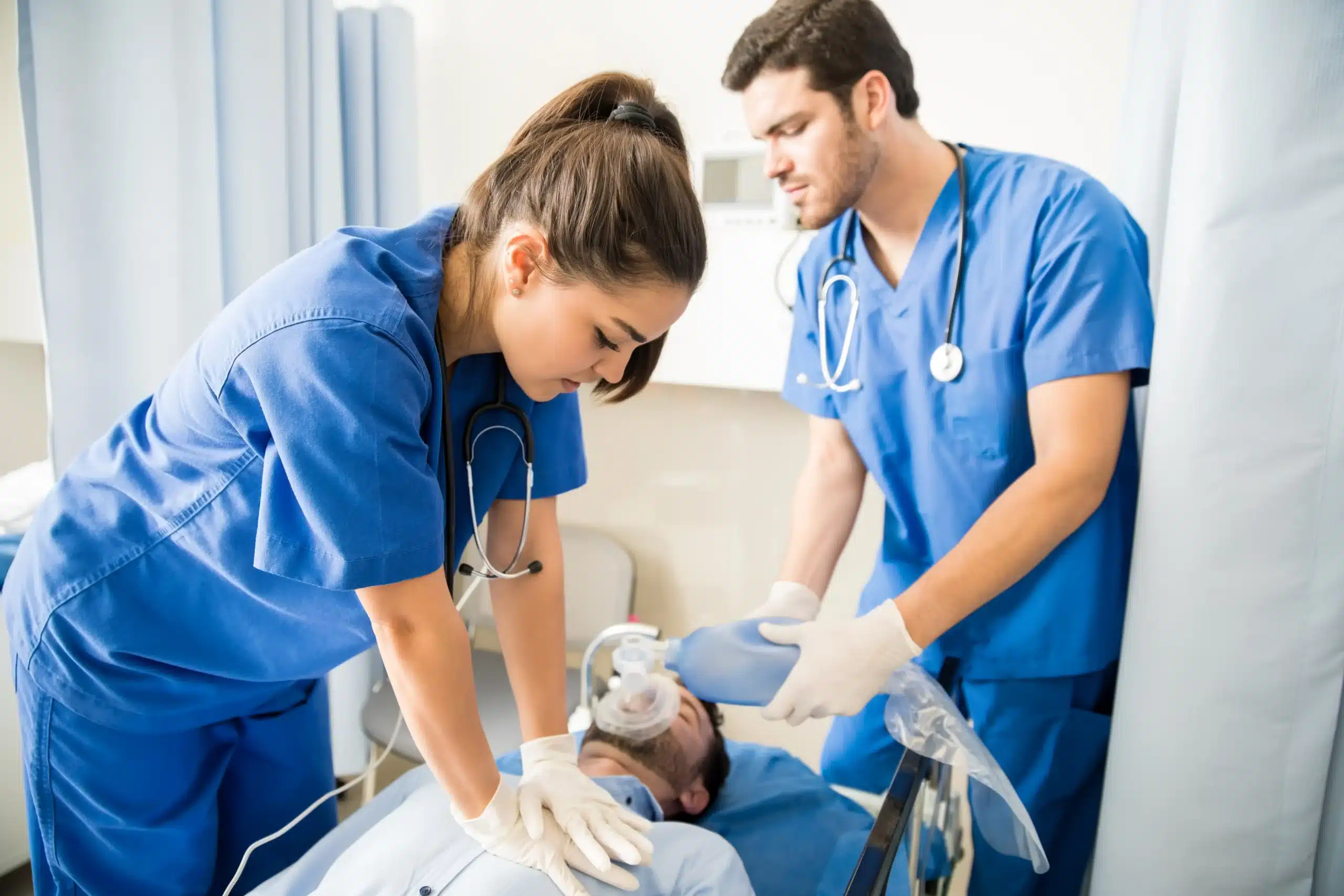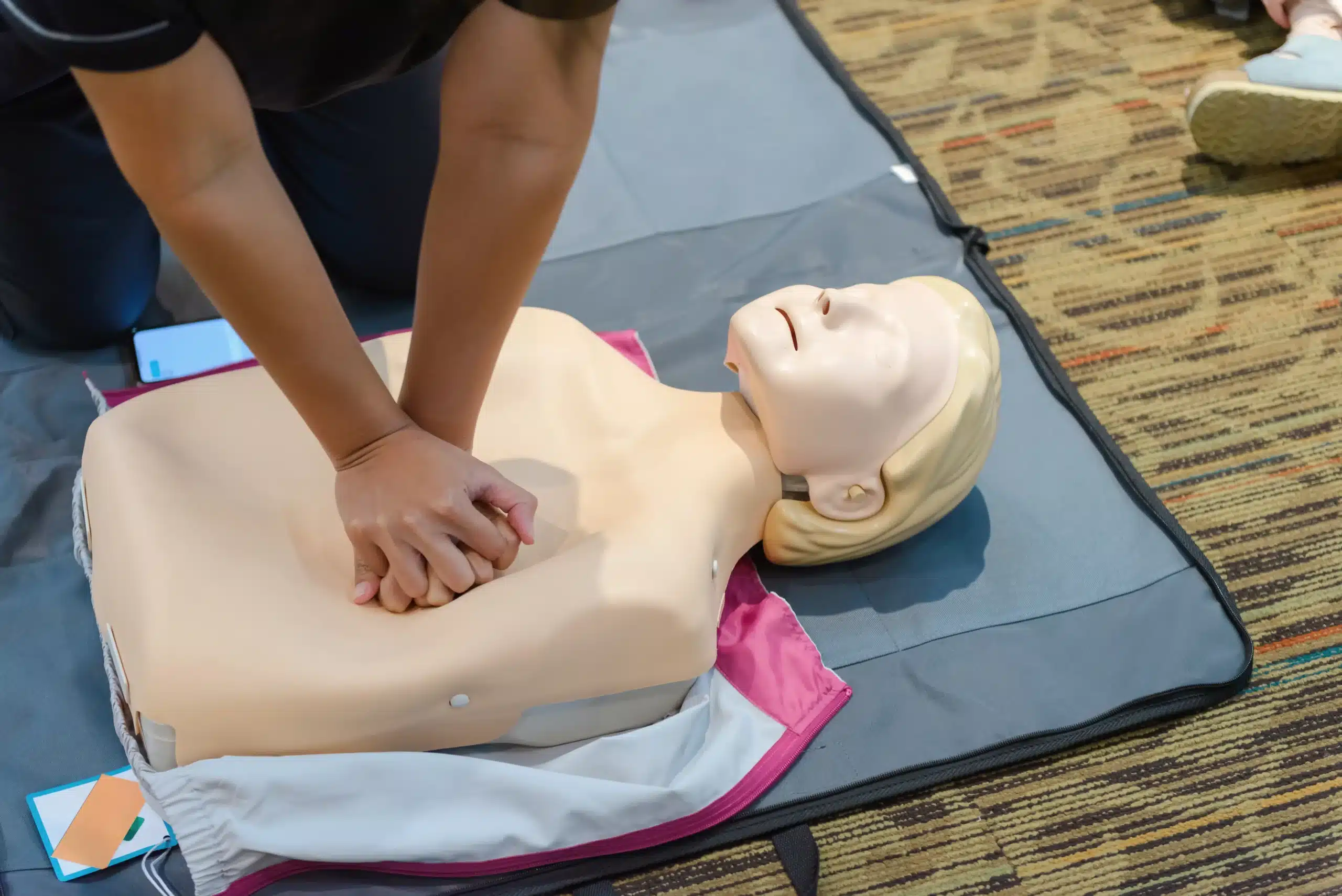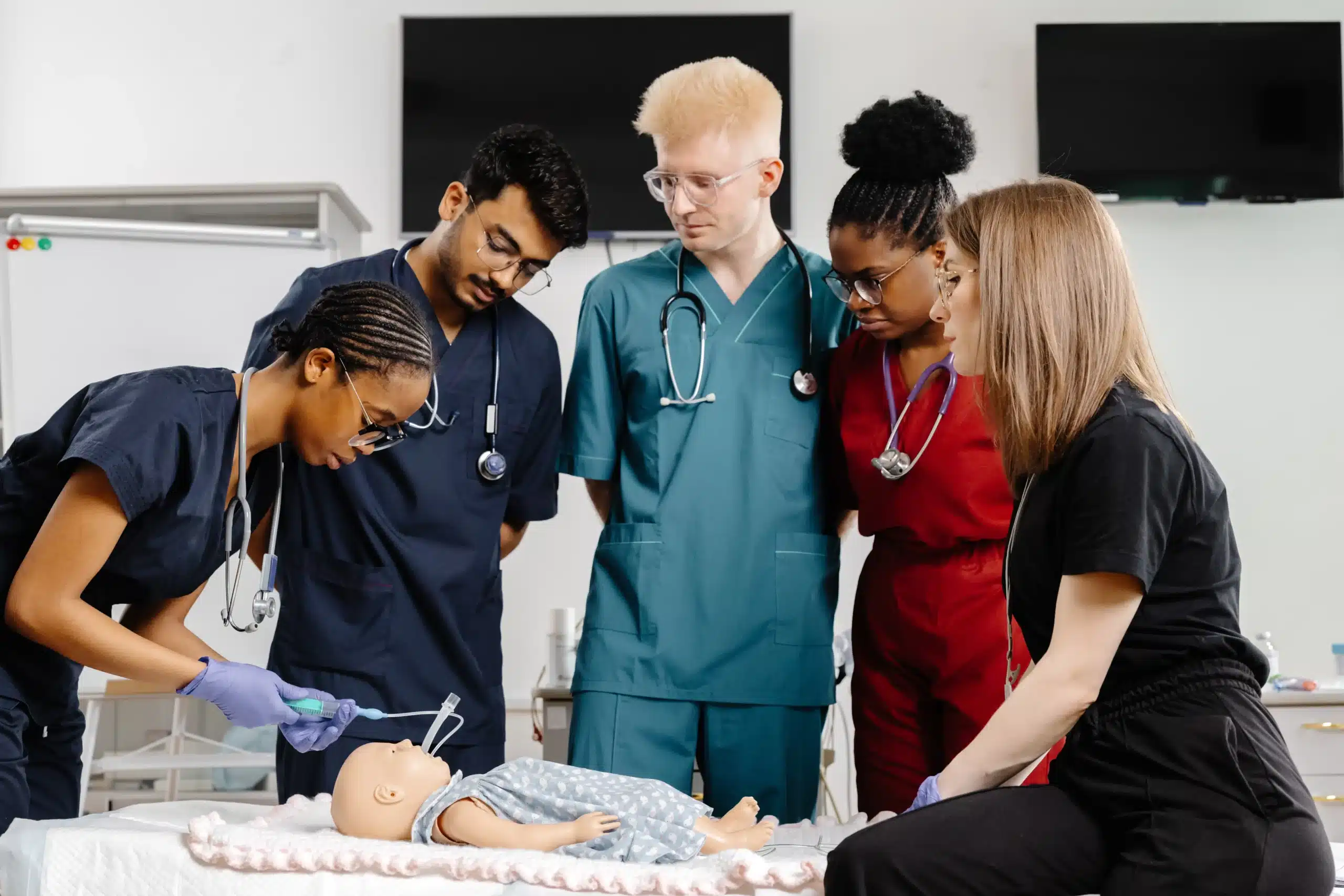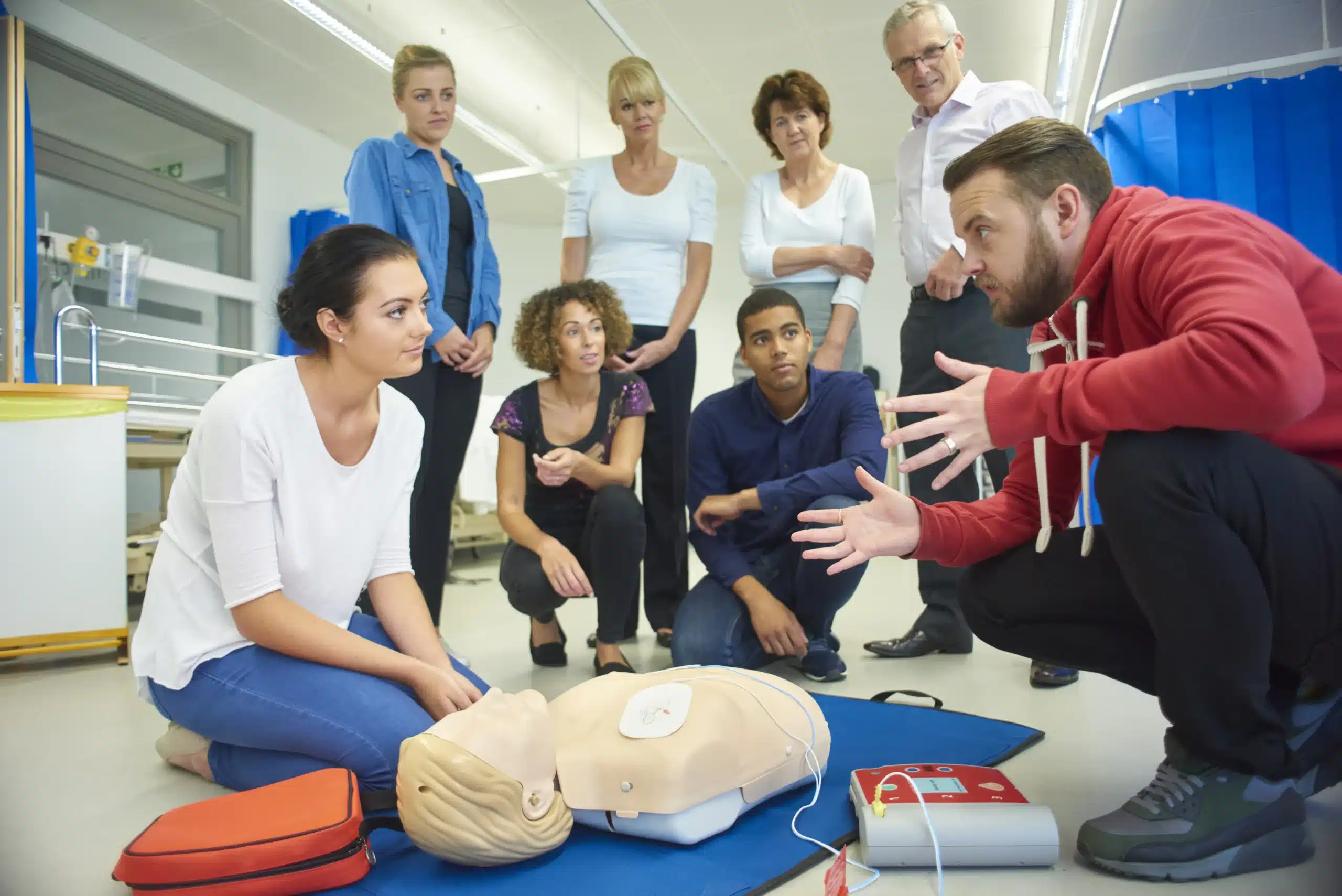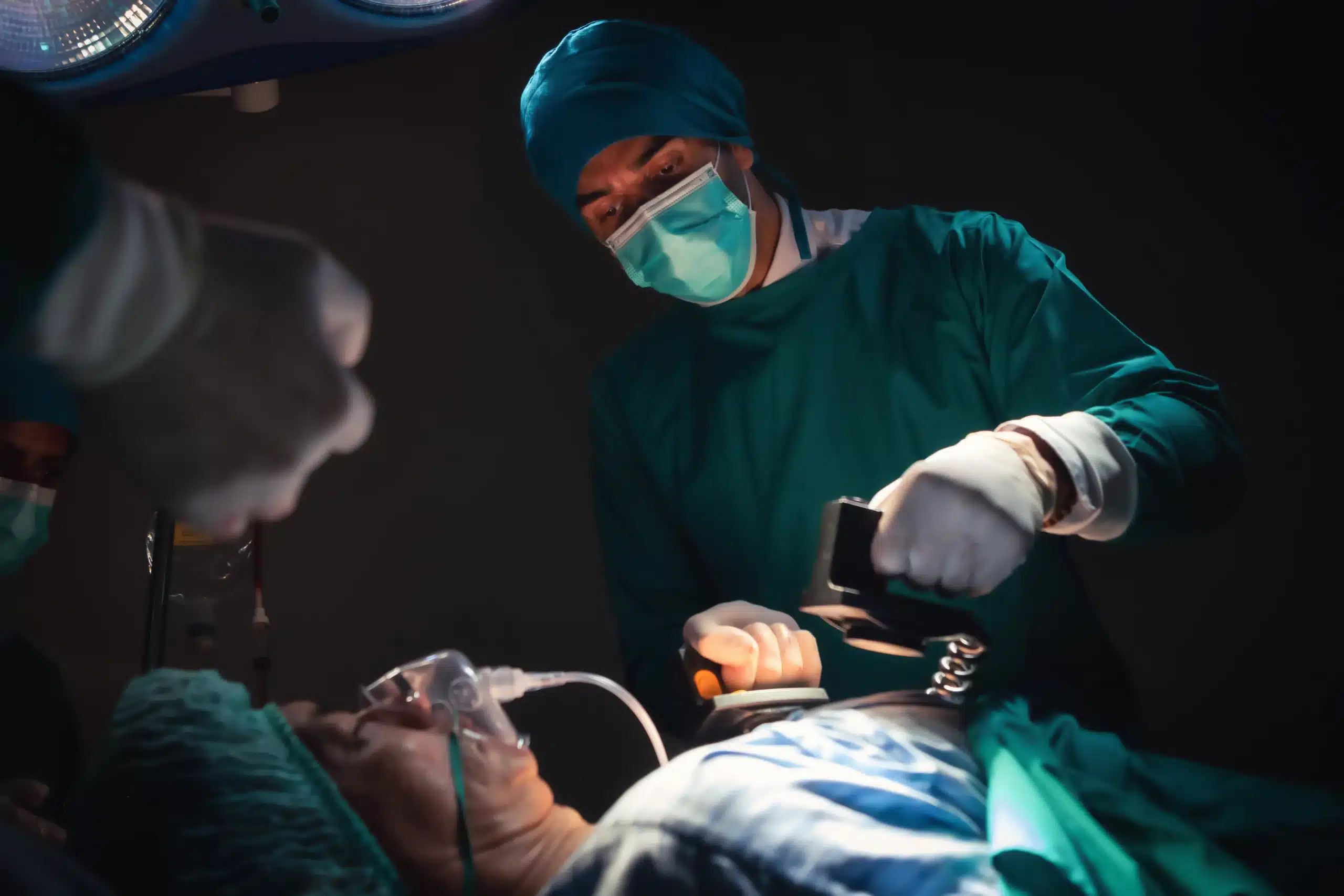Let’s face it, living in the Bay Area means being prepared for the unexpected. Earthquakes, wildfires, and even the occasional urban mishap—we need to be ready for anything. A well-stocked first-aid kit is your first line of defense, but it needs to be more than just a generic collection of bandages and antiseptic wipes. First-aid kits for SF Bay Area residents should be tailored to our region’s unique challenges. In this comprehensive guide, we’ll explore the must-have items for every Bay Area first-aid kit, from earthquake essentials to wildfire preparedness. We’ll also cover where to find supplies, how to get trained, and the best practices for maintaining your kit so it’s ready when you need it most.
Key Takeaways
- A well-stocked first-aid kit is essential: Customize your kit for Bay Area risks like earthquakes and wildfires. Regularly check and restock supplies, especially medications.
- First-aid training builds confidence: Knowing how to use your kit effectively can make a real difference in an emergency. Find a local course to learn essential skills.
- Local resources simplify preparedness: The Bay Area offers various resources, from pre-made kits to expert advice, making it easier to prepare for any situation.
What Goes in a Bay Area First-Aid Kit?
Living in the Bay Area means being prepared for anything, from everyday cuts and scrapes to larger-scale events like earthquakes and wildfires. A well-stocked first-aid kit is your best starting point, and customizing it for our region’s specific needs is key.
Essential First-Aid Supplies
Begin with the fundamentals. Every first-aid kit needs a core collection of supplies to handle common injuries. This includes bandages in assorted sizes, antiseptic wipes for cleaning wounds, gauze pads to cover larger cuts, and adhesive tape to keep dressings in place. Include a pair of disposable gloves to protect yourself and maintain hygiene. A comprehensive first-aid manual will guide you through the proper procedures for various situations. You likely already have many of these essential supplies at home.
Add Items for Local Risks
Beyond the basics, think about the Bay Area’s unique hazards. Earthquakes, wildfires, and extreme heat can present unforeseen challenges. Pack pain relievers for aches, sprains, or burns. Personal hygiene products and sanitation items become essential if access to water is limited. The San Francisco government provides detailed recommendations for preparing for specific emergencies. The Bay Area Red Cross recommends having two kits: a smaller, portable kit for immediate emergencies and a more comprehensive kit at home with everyday medications and supplies to address potential poisoning.
Prepare Your Kit for Bay Area Emergencies
Living in the Bay Area means being prepared for a unique set of challenges. From earthquakes to wildfires, our region requires a proactive approach to emergency preparedness. A well-stocked first-aid kit is your first line of defense, but it needs to address our specific local risks.
Earthquake Essentials
Earthquakes are a reality for Bay Area residents. When the ground shakes, immediate access to a first-aid kit can be crucial. Your earthquake kit should include standard first-aid items, plus specific supplies for potential structural damage. Pack heavy-duty gloves for clearing debris, N95 masks for airborne particles, and a whistle to signal for help if trapped. Consider the Bay Area Red Cross recommendation to prepare two kits—one for injuries and another for general household needs like pain relief or addressing symptoms of poisoning.
Wildfire Must-Haves
Wildfire season is an increasing concern in Northern California. If you live in a high-risk area, your first-aid kit should reflect that. Include N95 masks to filter out smoke and ash, eye protection to shield from irritants, and burn dressings for immediate care. Keep your kit easily accessible for quick evacuation, as highlighted in San Francisco’s disaster preparedness resources, which emphasize the importance of being ready for various hazards, including fire.
Urban Emergency Needs
Beyond natural disasters, urban areas present their own set of emergencies. Consider adding items specific to urban risks, such as a multi-tool for unexpected situations, extra supplies of any prescription medications you or your family take, and a small flashlight for power outages. San Francisco State University’s Office of Emergency Services offers a comprehensive list of recommended items for personal preparedness kits, including essentials for home, car, and even pets. Having these specialized supplies can make a significant difference in an urban emergency.
Choose the Right First-Aid Kit
Picking the perfect first-aid kit involves a few key decisions. Let’s break down how to find the best fit for your needs.
Pre-Made vs. DIY Kits
Pre-made first-aid kits offer a convenient and often cost-effective way to get equipped. They ensure you have the basics and save you the time of gathering individual supplies. For a quick and reliable solution, a pre-made kit is a great starting point. You can always add specific items later. REI offers expert advice on the value of pre-made first-aid kits. Building your own kit gives you complete control, which is helpful if you have specific medical needs or allergies. However, assembling a DIY kit can be time-consuming and you might overlook essential items.
Kit Size and Storage
The ideal first-aid kit size depends on where you’ll use it. A small, portable kit works for day trips and hikes, while a more comprehensive kit is better for your home or car. Consider how many people you need to cover and your planned activities. OutdoorGearLab provides guidance on choosing the right size and storage solutions.
Recommended Kits for Bay Area Residents
For Bay Area residents, a couple of local suppliers stand out. Cal First Aid offers a wide range of first-aid kits and safety services. They’ve served the community for over 15 years and provide everything from basic kits to specialized supplies. Another option is Direct 1st Aid, known for its comprehensive selection and Bay Area delivery services. Both companies offer various kits to suit different needs and budgets.
First-Aid Kit Legal Requirements & Best Practices
Knowing how to use a first-aid kit is essential, but understanding the guidelines and regulations surrounding them is equally important, especially here in the Bay Area. Let’s break down the best practices for different settings.
Workplace Regulations
OSHA mandates that all workplaces maintain first-aid kits stocked with a minimum amount of supplies. The specific requirements depend on the nature of the work environment—a construction site, for example, will have different needs than an office. Not complying with these regulations can lead to warnings and even fines, so it’s crucial to ensure your workplace kit is adequately stocked and accessible. Even something as simple as improper kit placement can be a violation.
Public Space Guidelines
While specific legal requirements for first-aid kits in public spaces can vary, being prepared for emergencies is always a good idea. The San Francisco Department of Human Resources offers helpful resources for emergency preparedness specifically for the Bay Area, covering common emergencies and how to handle them. Checking these resources can give you a better understanding of how to contribute to public safety.
Home and Vehicle Kit Recommendations
Although not legally mandated, having well-stocked first-aid kits at home and in your car is a cornerstone of personal preparedness. A good starting point is the SF72 website, which guides you through building a 72-hour emergency kit. You’ll likely find you already have many of the recommended items, like non-perishable food and water (one gallon per person per day). A basic first-aid kit is another essential component for handling minor injuries. For a comprehensive list of supplies, including personal hygiene items and even pet medications, check out the recommendations from the Office of Emergency Services for building your own personal preparedness kit. Being prepared isn’t as daunting as it seems—start small and build from there.
Maintain Your First-Aid Kit
A well-stocked first-aid kit is your best friend in an emergency. But tossing a bunch of bandages in a box and shoving it under the sink isn’t enough. Regular maintenance is key to ensuring your kit is effective and ready when you need it.
Check and Restock Your Kit
Think of your first-aid kit like your pantry—you need to check it regularly and restock expired or used items. Aim for a quick check every six months. Note expiration dates on medications like pain relievers and antiseptic wipes, and replace anything past its prime. Check bandages for any signs of damage or wear. If you’ve used any supplies, replace them right away. Don’t wait until you’re facing an emergency to realize you’re out of gauze or adhesive tape. Services are available to help maintain and restock your first-aid kit if you’d prefer professional assistance.
Adapt Your Kit to Changing Needs
Your family’s needs evolve, and so should your first-aid kit. A kit for a family with young children will look different from one for a group of active adults. Consider any specific medical needs or allergies within your household. Do you have family members with diabetes or severe allergies? Include necessary supplies like glucose tablets or EpiPens. Think about your lifestyle, too. If you’re a hiker, you might want blister treatment and insect repellent. If you have pets, add pet-specific first-aid items. Regularly assessing your kit ensures it’s tailored to your current circumstances and provides peace of mind. Remember, being prepared isn’t just about having supplies; it’s about having the right supplies.
Advanced First-Aid Preparedness
Beyond the basics, having a few specialized supplies and tech tools can significantly improve your preparedness for emergencies. This section covers some additional items to consider for a truly comprehensive approach to first aid in the Bay Area.
Specialized Medical Supplies
For those looking to go beyond a standard first-aid kit, consider adding specialized medical supplies to address specific risks. Local suppliers like Cal First Aid offer a wide range of essential items, including first-aid cabinets, automated external defibrillators (AEDs), eyewash stations, and sharps containers. Businesses, in particular, should ensure they meet workplace first-aid compliance standards. Another excellent resource is Direct 1st Aid, known for providing specialized kits like burn kits, especially useful given the wildfire risks in California.
Tech and Communication Devices
Staying connected and informed is crucial during an emergency. Download the FEMA app for location-specific alerts, safety tips, and an interactive checklist to help you build your emergency kit. The Red Cross also offers several helpful mobile apps with expert first aid advice and disaster preparedness resources. Consider adding a portable charger to your kit to keep your devices powered up when you need them most.
Where to Buy First-Aid Supplies
Finding the right first-aid supplies is easy, thanks to a variety of local retailers and online options. Whether you’re looking for a comprehensive kit or individual supplies, the Bay Area has you covered.
Local and Online Retailers
If you prefer to shop locally, check out Cal First Aid, a Bay Area business offering a wide selection of first-aid kits, cabinets, and workplace compliance services. They even provide restocking services to keep your supplies current. Another excellent local option is Direct 1st Aid, specializing in first-aid essentials like kits, bandages, and defibrillators, with convenient delivery and stocking services.
Budget-Friendly Options
Building a first-aid kit doesn’t have to be expensive. The Office of Emergency Services offers a helpful guide for creating home and car emergency kits, focusing on essential items without breaking the bank. For those looking to combine acquiring supplies with improving their skills, consider taking a first-aid training course offered by Safety Training Seminars. These courses often provide participants with some basic supplies to get started.
First-Aid Training in the Bay Area
Knowing how to use your first-aid kit is just as important as having one. Luckily, the Bay Area offers a variety of first-aid and emergency preparedness training, from comprehensive certification courses to free online resources. Whether you’re looking to become certified or simply brush up on your skills, there are resources available to help you feel confident responding to emergencies.
Certification Courses and Workshops
For formal training and certification, several organizations offer courses in the Bay Area. Safety Training Seminars provides a range of American Heart Association certified courses right here in San Francisco, covering everything from basic first aid and CPR to more advanced life support techniques. This training provides a solid foundation in first-aid principles and techniques, empowering you to respond effectively in various emergencies. While the San Francisco Fire Department (SFFD) doesn’t directly offer regular CPR or first-aid classes, their Neighborhood Emergency Response Team (NERT) program provides valuable training in disaster preparedness, which includes some basic first aid and disaster medicine components.
Free Resources and Online Learning
If you’re looking for free or low-cost options, or want to supplement your existing knowledge, several resources are available. The American Red Cross offers online information and mobile apps with expert first-aid tips, disaster preparedness advice, and resources for teaching children about safety. Similarly, the FEMA App provides comprehensive preparedness information for various disasters, including interactive checklists for emergency kits and guidance on staying safe during and after an emergency. These resources are excellent tools for staying informed and building your emergency preparedness knowledge.
Use Your First-Aid Kit Effectively
Having a well-stocked first-aid kit is essential, but knowing how to use it effectively in a real emergency is just as important. This means being able to quickly access your supplies, storing your kit in strategic locations, and understanding how to avoid common first-aid mistakes.
Accessing Your Kit in Emergencies
In a crisis, every second counts. Your first-aid kit should be easy to locate and open. Consider preparing two kits: one for emergencies (like injuries) and another for everyday household needs (like pain relief or addressing mild poisoning symptoms), as suggested by Prepare Bay Area. Clearly label both kits and make sure everyone in your household knows their locations. For your emergency kit, choose a container that’s easy to open—a waterproof bag offers extra protection.
Kit Placement: Home, Work, and Car
Strategic placement ensures your kit is available when needed. Keep your home kit in a central, easily accessible spot, like the kitchen or a hallway closet. If you have a multi-level home, consider a kit on each floor. Your workplace should also have a designated first-aid station—CalOSHA and ANSI have compliance standards for these. In your car, store your kit in the glove compartment or trunk, making sure it’s secured and won’t become a projectile in an accident. Being prepared means having the right supplies ready when and where you need them, as highlighted by the Office of Emergency Services.
Avoid Common First-Aid Mistakes
Even with the best intentions, administering first aid can go wrong without proper training. Using expired medications or incorrect techniques can worsen an injury or illness. Safety Training Seminars offers a range of American Heart Association-certified courses to give you the skills you need. Supplement your knowledge with reliable resources like the American Red Cross mobile apps, which offer expert advice for various first-aid scenarios. Proper training is the best way to avoid mistakes and provide effective assistance when it matters most.
Related Articles
- First-Aid Training in San Francisco: A Complete Guide – San Francisco Bay Area CPR Classes
- American Red Cross in Berkeley: Disaster Prep & Training – San Francisco Bay Area CPR Classes
- First Aid Classes San Francisco: Your Complete Guide
- Find First-Aid Classes Near Me: A Practical Guide – San Francisco Bay Area CPR Classes
- CPR Certification for SF Bay Area School Staff: A Complete Guide – San Francisco Bay Area CPR Classes
Frequently Asked Questions
What are the essential items for any first-aid kit, regardless of location? Start with the basics: various sized bandages, antiseptic wipes, gauze pads, medical tape, disposable gloves, and a first-aid manual. These items cover common minor injuries like cuts and scrapes.
How should I customize my first-aid kit for Bay Area-specific risks? Consider our region’s natural disasters. For earthquakes, add heavy-duty gloves, N95 masks, and a whistle. For wildfires, include N95 masks, eye protection, and burn dressings. Given our urban environment, a multi-tool, extra prescription medications, and a flashlight are also useful.
What’s the difference between pre-made and DIY first-aid kits, and which is right for me? Pre-made kits offer convenience and often value, ensuring you have the essentials quickly. DIY kits allow customization for specific needs or allergies but require more time and effort. Consider your comfort level and how much time you want to invest.
Where can I find reliable first-aid training in the Bay Area? Safety Training Seminars offers various American Heart Association-certified courses, covering everything from basic first aid and CPR to advanced life support. For free resources, explore online materials and apps from the American Red Cross and FEMA.
How often should I check and update my first-aid kit? Aim to check your kit every six months. Replace expired medications, damaged bandages, and used supplies. Also, reassess your family’s needs and activities to ensure your kit remains relevant to your current circumstances.


